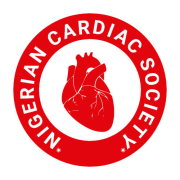

Author(s): Dipesh Pradhan, Sun Jian, Rajina Shrestha, Madhu Gupta, Sanaya Karki and Liu Xiao Fei
Objectives: The aim of the study was to assess the role of ST segment elevation in the Posterior leads V7,
V8, and V9 for the diagnosis of acute posterior wall infarction and the identification of infarct related artery (IRA) in patients with acute inferior wall MI.
Background: The posterior wall infarction is difficult to diagnose through standard 12 lead ECG alone, especially in the acute setting.
Methods: In our retrospective study, 121 patients (101 male, 20 female) with an inferior acute MI, were included. They were divided into two groups according to the presence (Group A: mean age 60.00±10.05 years) or absence (Group B: mean age 57.65 ± 12.86 years) of ST segment elevation in leads V7, V8, V9. Complete demographic data were recorded in all subjects, the infarct size was estimated by CPK MB, left ventricular function was assessed by echocardiographically and infarct related artery patency was evaluated by coronary angiography.
Results: Group A patients had a higher frequency of Left cirucumflex occlusion than group B patients (n=33,
27.3% vs. n=4, 3.3%, p=0.0001). Group A had a more extensive infarction, as is shown by CPK MB values (90.12 ± 33.42 vs 45 ± 38.28, P= 0.0001) but with no difference in left ventricular ejection fraction.
Conclusion: ST segment elevation in posterior leads helps to diagnose left circumflex artery as a culprit IRA in an acute inferior wall MI with extensive infarct area involving posterolateral walls.